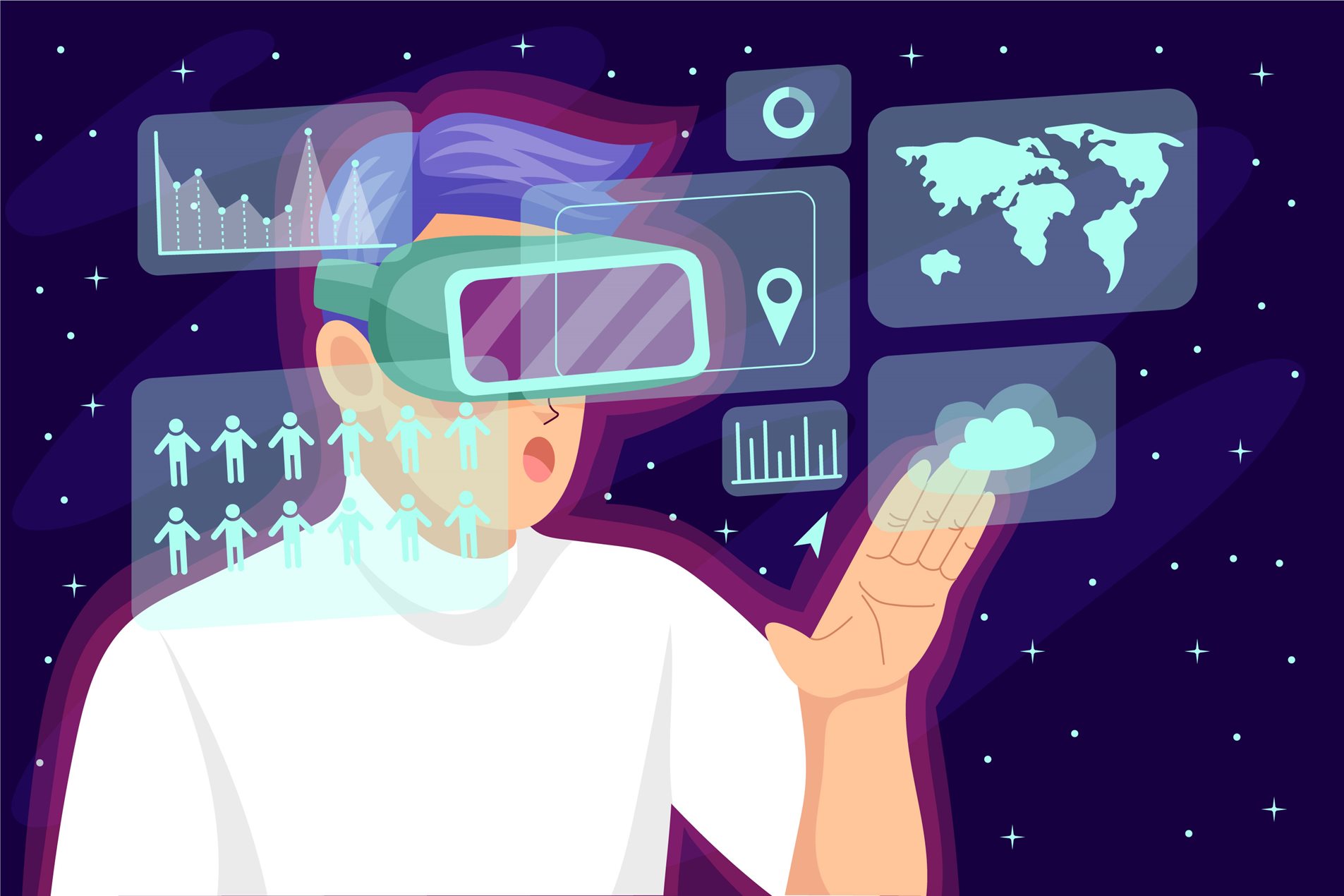May 2024

Empowering people through mixed reality
By Ayushri Jain
Virtual reality (VR) and augmented reality (AR) are meant to become user interfaces of the future, but we are not there yet. In mixed reality (XR), we have a definitive user interface where real people/objects are replaced with “avatars”. Mixed reality has many social applications like language preservation, healthcare, immersive theatre, workplace safety, education, and pedestrian safety. Earlier, there were only simple tools like a mouse and keyboard to interact with computers, but people wanted more immersive experiences. Extended reality is an umbrella term which covers technologies like IoT, AR and VR. Internet of Things (IoT) is on the extreme left of the spectrum where humans are in the real world surrounded by multiple computers. In the middle, there is augmented reality where humans are in the real world but can interact with virtual objects mediated by computers. Virtual reality is on the extreme right of the spectrum where humans are in a digital world and certainly don’t want any interactions with the real world. It is like being in the middle of an ocean or in outer space; people can go anywhere they can imagine.
People know about augmented reality and virtual reality but face difficulty in defining and differentiating them. This challenge arises partly due to the high costs associated: even the most basic versions start at around $300. The bigger issue is the lack of retention or sustained interest among users. AR and VR applications impress users with their “wow” factor, but the excitement only lasts for 5 minutes. This means that if a task takes 10 minutes to complete in VR compared to 2 minutes in real life, people are less likely to use VR. So, the main problem is the struggle to design effective user experiences in AR and VR. Before we can consider using VR for things like virtual classrooms, there is a need to address real-time issues like handling scenarios where a student falls asleep during a class. The current state of these technologies lacks awareness of real-world context leading to situations like a panel appearing on a teacher’s face in a VR classroom. VR can provide training opportunities for doctors who can’t practice on real patients every day but fails to provide the required precision levels and haptic feedback when using virtual instruments. The key idea to solve the problem is to put oneself in the shoes of application users. Adapting environments are important to accommodate individuals with different mobility needs. Mixed reality technology is a good approach for creating applications in the domain of social good. It is a revolutionary medium in creating applications for social good which will require further research and development. Future work required to make XR reach its potential as the ultimate HCI (human-computer interaction) should focus on improving precision and considering outside world into consideration in real-time manner to make these systems more effective and adaptable.
I got a chance to attend Edgar Rojas Muñoz’s seminar on Mixed Reality last month. He showcased various XR projects that his team is working on. It is good to see that augmented reality and virtual reality are not just used for gaming and entertainment purposes but can be used for social cause also. I agree that mixed reality has potential in creating applications for social good. However, I believe that we are still very far from creating solutions which have actual impact on real-world problems. Unless there are affordable options available, it is hard for me to imagine that everyone can be benefited from this technology. I am also concerned about safety of headsets used in XR, so I think that the transition from real world to virtual world and vice-versa should be safe and convincing such that people are comfortable in using this technology.
